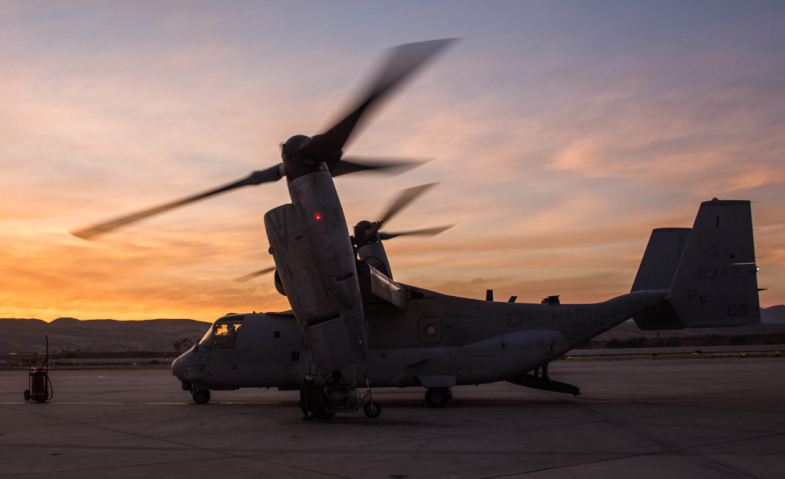
A USMC MV-22 of the VMM-365 Purple Foxes.
Credit: U.S. Marine Corps
The U.S. Marine Corps has since 2010 known of a critical safety issue on its V-22 Osprey fleet—a gearbox flaw that can cause the tiltrotor’s clutch to slip, severely impacting the safety of flight. For years, the Corps says it has trained its crews to be aware of and work around the issue. While the...
Subscription Required
This content requires a subscription to one of the Aviation Week Intelligence Network (AWIN) bundles.
Schedule a demo today to find out how you can access this content and similar content related to your area of the global aviation industry.
Already an AWIN subscriber? Login
Did you know? Aviation Week has won top honors multiple times in the Jesse H. Neal National Business Journalism Awards, the business-to-business media equivalent of the Pulitzer Prizes.





